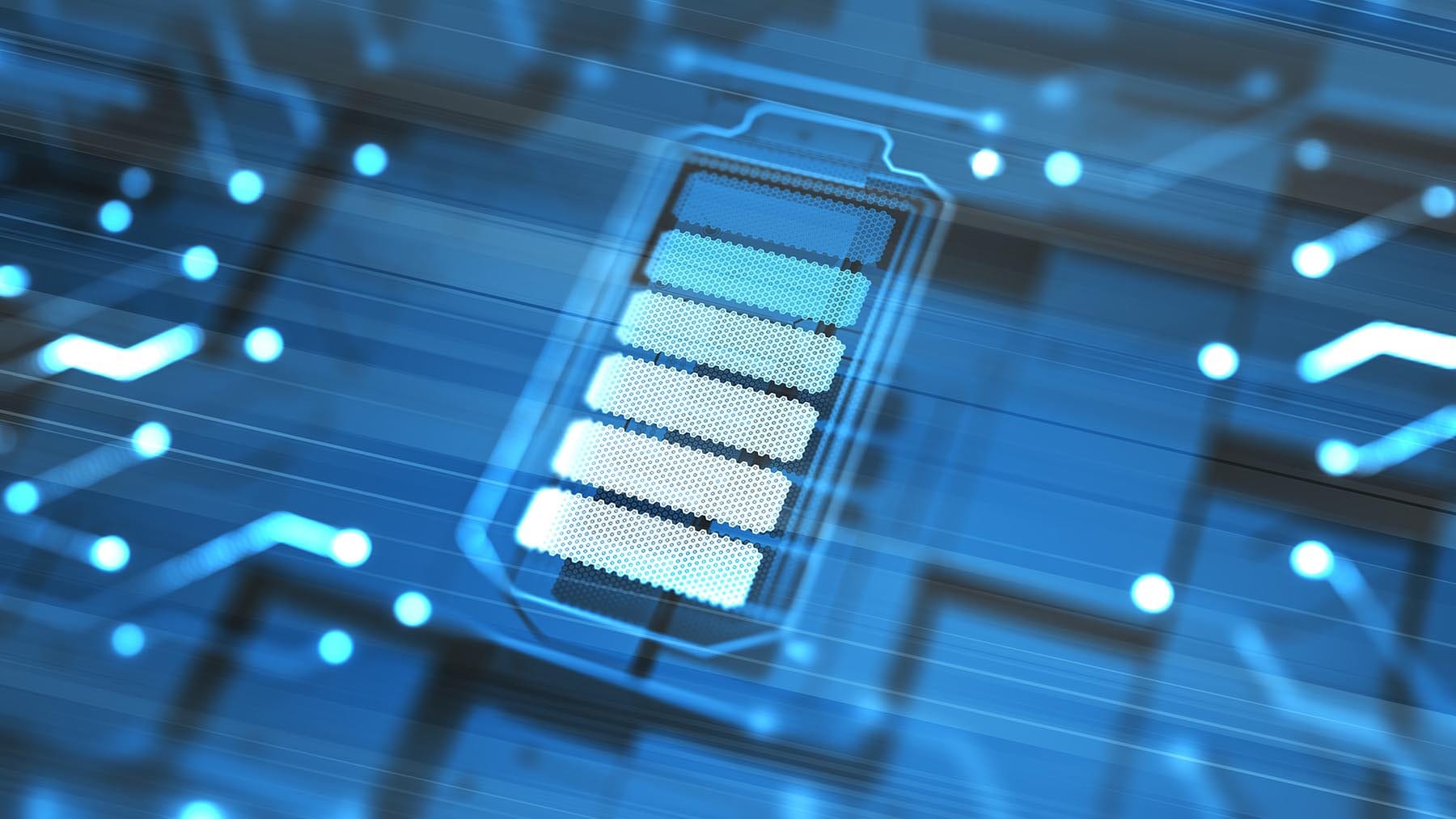How LTE IoT Opens a New Frontier for Ultralow-Power Devices
By Ken Bednasz
April 9, 2020
Depending on where and how they will be used, IoT devices have radically different needs. Surveillance equipment might require an uninterrupted, high-speed data connection to enable transmission of live video feeds with minimal latency. At the other end of the spectrum, smart utility meters have much smaller data usage needs and only require intermittent connections to the network.

While use cases differ, most IoT devices share a need for low power consumption and extended battery life. LTE IoT, the low-power wide-area network (LPWAN) branch of LTE, expands the range of possible device architectures by adding features like Power Save Mode (PSM) and extended Discontinuous Reception (eDRX) to reduce power consumption. These features allow engineers to maximize battery life by optimizing sleep cycles based on factors such as time of day, business hours, or seasons. Though the technological capabilities are in place, the burden is on device vendors to design their devices for optimal battery life based on the specific needs of their use case.
Massive IoT deployments in a wide swath of verticals, including smart cities, mobile health, smart utilities, smart buildings and asset tracking, require low power consumption to make them feasible. Power economy results in either longer battery life or reduction in the size and capacity of the battery pack needed, reducing the cost and improving the flexibility of the device.
For OEMs interested in designing a power-saving IoT device, the first task is to define the needs of their use case. For example, if the equipment will be part of an agricultural deployment of water sensors on rural farms, coverage will need to be broad and battery life must be lengthy to minimize maintenance costs. Here are a few questions to consider when evaluating a device’s functional requirements:
Once they gather all criteria, OEMs should consult with a trusted IoT partner to identify the right technology and cellular module for the device.
Previous iterations of LTE, initially designed for smartphones, prioritized high data speeds and seamless mobility based on the assumption that consumers would charge the devices at least once a day. However, frequent charging is not practical for many IoT deployments in which equipment may be dispersed in remote areas away from dedicated power sources. As cellular moved into LPWAN, the focus shifted to include low-throughput communications, ubiquitous coverage, latency tolerance, lower mobility and longer battery life.
Today, there is a broad spectrum of device capabilities within LTE, ranging from Category 1 (Cat 1), which supports peak speeds of 10 Mbps, up to gigabit speeds of Cat 18 and multi-gigabit speeds of 5G. LTE has evolved to accommodate the needs of all connected devices, from underground water sensors to broadband gateways.
Module vendors offer a variety of modules to support every speed and technology. It’s up to the IoT device OEM and systems integrator to select the right module for their project and the best mix of features to optimize the device’s performance.
Moving from a smartphone-focused design toward one addressing IoT needs, 3GPP worked to curtail the complexity involved in today’s smartphones. That design simplification reduced power consumption considerably, and they added several enhancements specific to IoT devices.
Most commercial mobile IoT networks today use 3GPP Rel. 13, but Rel. 14 and Rel. 15 are coming soon with additional features to improve device performance and battery life. Here are a few of those features:
Developers must prepare for the power trade-offs that come with each improvement. For example, a machine designed using power modeling for Rel. 13 may result in one battery capacity that translates into weight and volume dimensions, determining a specific physical design for the device’s enclosure. If there is an upgrade plan to Rel. 14 or 15 in the works, OEMs should spend time modeling power usage and battery life now to ensure the next generation device can be smaller and lighter.
For OEMs, designing devices to suit specific use cases is essential to maximizing power efficiency. If extended battery life is a primary need for your IoT deployment, approach the design and dimensioning process with that priority in mind. The effort will pay off with a device that’s future-proof, efficient and suited to function in your use case.
Read to learn more about the power-saving features of LTE IoT